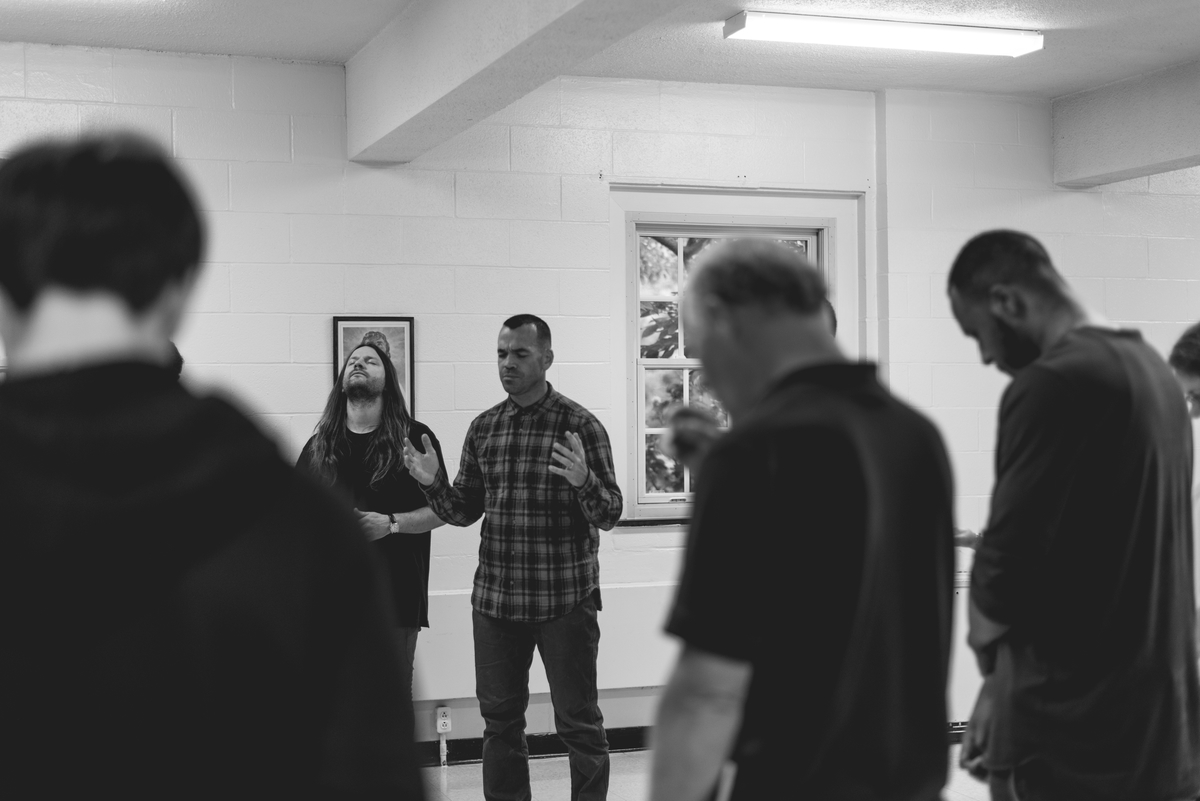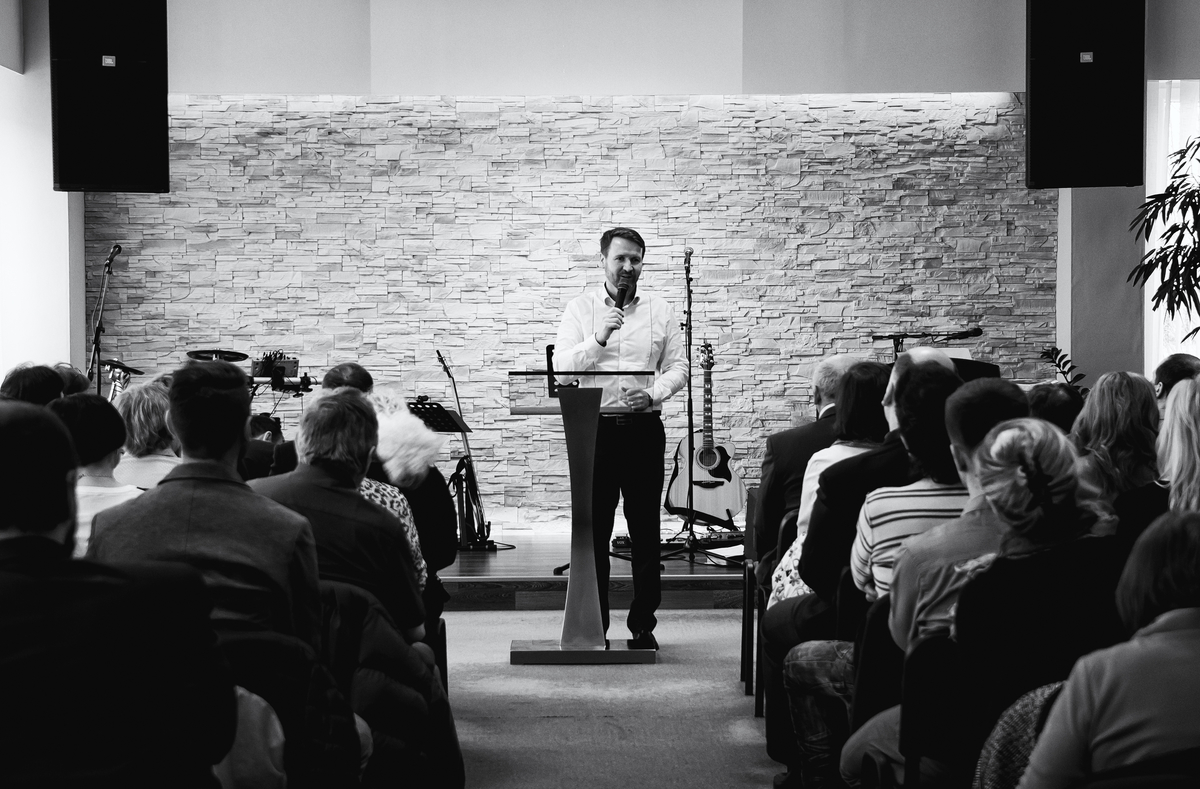A local church is wise to focus on ministry to children and students. And while the form and practice of that ministry may look different in various contexts and be guided by unique ministry philosophies, I believe there are at least three essentials in a healthy kids ministry and a healthy student ministry.
1. Kingdom expanding
Healthy ministry to kids and students is kingdom expanding, not merely church expanding. Because leaders know that a growing church reaches young families there is a temptation to design ministry to kids and students to only be church expanding, to be primarily about attracting parents. But a healthy ministry to children and students does more than expand a local church–it also expands the kingdom. This is critical as the majority of people who become Christian do so before they graduate high school. Kids ministry and student ministry, from a missionary perspective, is fertile ground for evangelism.
As children and students understand and embrace the grace of God and His rule over their lives, the kingdom expands. Healthy ministry to kids and students is evangelistic, meaning kids and students meet Jesus and are rescued from their sins. Kingdom expanding evangelism is much more than merely convincing children and students to pray a prayer or come forward the last night of camp. Kingdom expanding evangelism ensures that children understand the gospel and the reality that God invites us to respond to His grace.
Some would ask, “Can children really understand the gospel?” There is a sense in which the gospel is only for children. It’s only for those who come to Jesus with the faith of a child (Matthew 18:1-4). Jesus used kids as an object lesson for faith.
2. Character transforming
Healthy ministry to children and students isn’t merely about character formation, but about character transformation. We don’t want to simply form the character of a student and a child; we want the Lord to transform them.
We must understand the difference between being innocent and impressionable. Kids and students are impressionable, not innocent. And the difference is huge. When Jesus commended the children for coming to Him, He wasn’t commending their innocence. He was commending their trust.
If you believe kids are innocent, you seek to protect and build on that nature by teaching good behavior. If you believe, as David, that our hearts are sinful from birth; however, you aggressively apply the grace of Jesus to the impressionable heart of a student and of a child.
The irony is painful in many churches: teach kids how to behave until they hit puberty, and then teach them how not to behave until they graduate. Is it any wonder that researchers and consultants continually tell us that the majority of students leave the church after high school graduation? If they have grown up under the burden of attempting to live by a list of do’s and don’ts apart from a changed heart, we send them out with a surplus of repressed behavior bottled up inside. We must be about character transformation through the gospel.
3. Culture shaking
Healthy kids and student ministries produce children and students that are not shaken by the culture; rather they shake the culture. Healthy ministry to kids and students aren’t formed or shaped by the culture, but they produce kids and students who shape the culture. When you look throughout history, you see the Lord using young people to shake and shape the culture.
- Josiah was 16 years old when the Lord used him to spark a revival among God’s people.
- Mary was a teenager when the Lord chose to bring the Messiah into the world through her womb.
- Timothy–one of the apostle Paul’s closest traveling companions and co-laborer in the faith, was likely quite young when his ministry with the apostle began.
- John Calvin was converted at age 25 and within a year had completed the first draft of Institutes of the Christian Religion.
- Martin Luther was joined by Philipp Melanchthon, a 21-year old scholar, as they lectured to hundreds of University students during the years of the Reformation.
- Jonathan Edwards was 19 when he penned his 70 resolutions, which he then read once a week for the next 35 years, in hopes of stirring greater affection for God.
- George Whitefield and John Wesley met together with a handful of others as college students in what was called the “Holy Club.”
- Student Volunteer Movement–One of the greatest missionary revivals had its beginning in July, 1886, at the Mt. Hermon Conference of college students. D. L. Moody invited 251 college students to spend four weeks in Bible study and it ended in what became a great missionary movement as university students gave their lives to be foreign missionaries.
Here is the reality. God who is fully powerful and can do whatever He pleases has chosen to use the weak things of the world to exert His influence (Psalm 8:1-2). He often uses kids and students to accomplish His purposes. Large companies and marketing executives spend tremendous energy attempting to influence children and teenagers because they value their influence and their ability to spark movements. Surely local churches should steward resources and energy towards children and students to an even greater degree.




